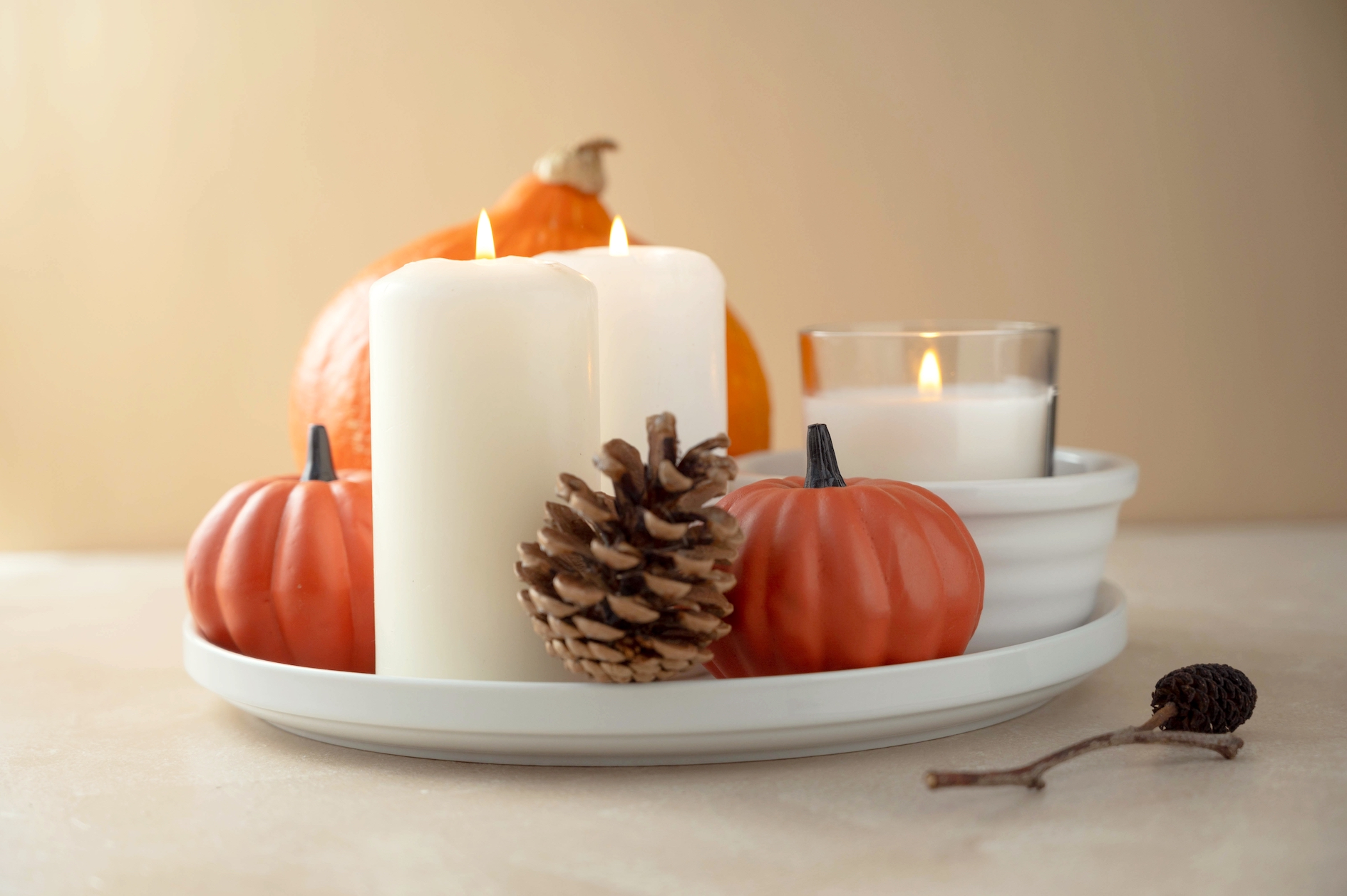Scented candles are a popular way to make your home smell good, but they can also pose some risks. At A-Plus Quality, our HVAC experts recommend that you use unscented or low-scented candles because these products do not emit the same chemicals as scented ones. Let's dive into the unknown dangers of scented candles and plugins on your home's indoor air quality
Scented Candles and Plugins May Emit Pollutants
Even low-scented candle or plugin emissions can release a number of different chemicals into your indoor air, including:
Acetaldehyde – a combustible liquid that contributes to smog.
Benzene – a volatile organic compound that is known to cause cancer.
Carbon monoxide – a poisonous gas with no odor.
Hydrocarbons – small particles that can affect indoor air quality and pose respiratory risks.
Formaldehyde – a colorless gas used in some types of glues; known to cause nausea, headaches, and breathing problems.
Styrene – a flammable liquid used in the production of synthetic rubber and plastics.
Those who suffer from asthma or allergies may be especially sensitive to scented candles and plugin emissions. Scented candles can also cause allergies or trigger asthma attacks for some people. If you experience any of the following symptoms when around a scented candle, it's best to avoid them: coughing or wheezing, skin irritation, redness, rashes, watery eyes, burning sensation in the nose or throat, nausea or dizziness, fatigue, loss of sense of smell.
Plug-ins, Candles, and Scented Oils Emit Ozone
Ozone is a natural part of our environment that protects us from the sun's ultraviolet rays. However, ozone from candles and plugins can cause significant health problems for some people when indoors. Those who have respiratory conditions such as asthma or COPD may experience symptoms like chest pain, shortness of breath, and wheezing when ozone concentrations are high.
Scented Candles Can Cause Chemical Reactions
According to scientists at Lawrence Berkeley National Laboratory, alkaline chemicals in the formaldehyde release process can react with other compounds in your home to create new pollutants that you've never encountered before. These new pollutants can be more difficult for your body to handle and pose risks that are still largely unknown.
The Importance of Good Indoor Air Quality
According to the Environmental Protection Agency, good indoor air quality is of great importance because we spend as much as 90 percent of our time indoors. This means that we are exposed to irritants, pollutants, and chemicals while inside our homes on a day-to-day basis. The quality of your indoor air can be affected by many factors, including scented candles and plugins if they emit high levels of pollutants.
If you have any indoor air quality concerns contact our team at A-Plus Quality, HVAC services in the Greater Toronto Area and surrounding regions. Our HVAC experts can test your indoor air quality and provide solutions to improve it. It's important to understand your home's indoor air quality in order to determine whether or not it poses a threat to your health and readiness. Contact us today to speak with an expert.



